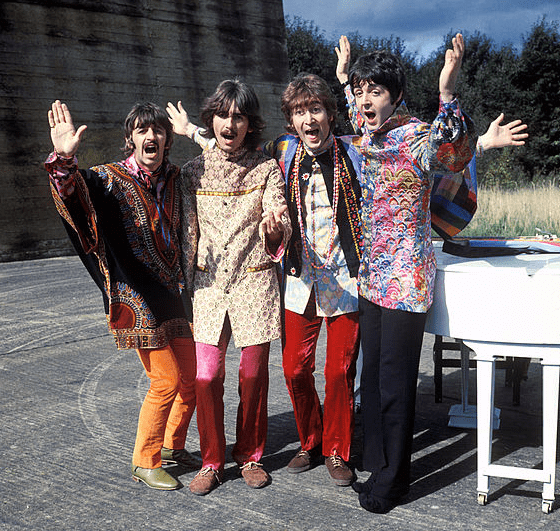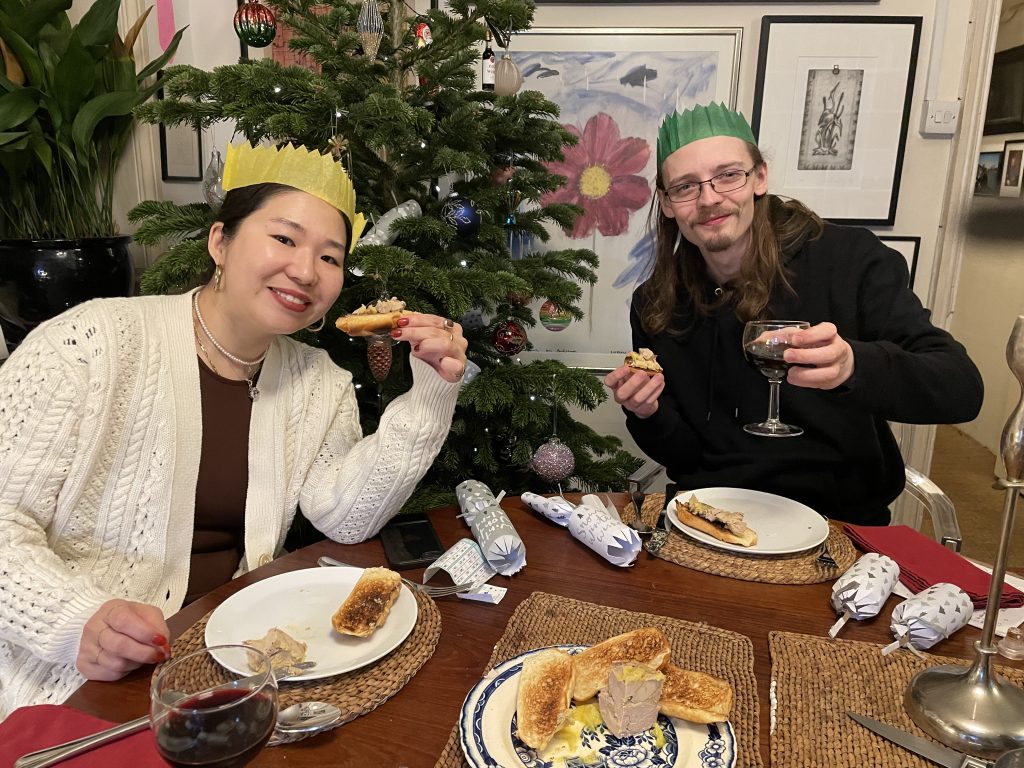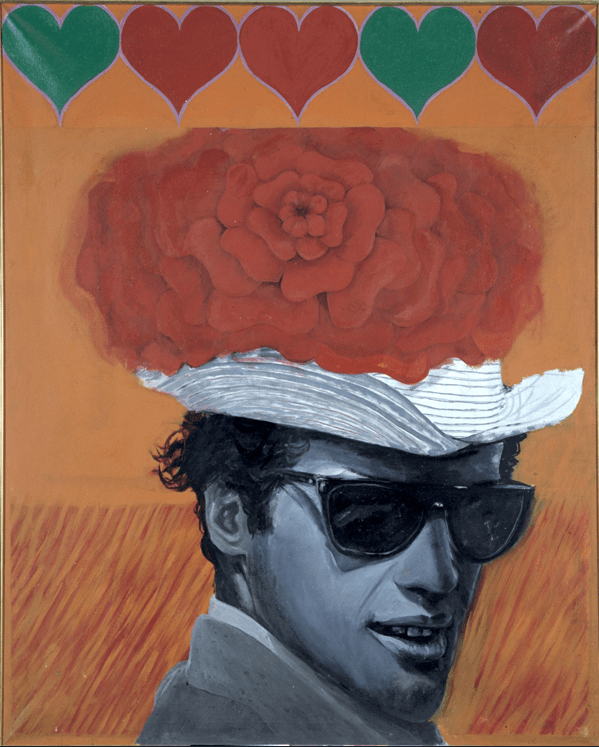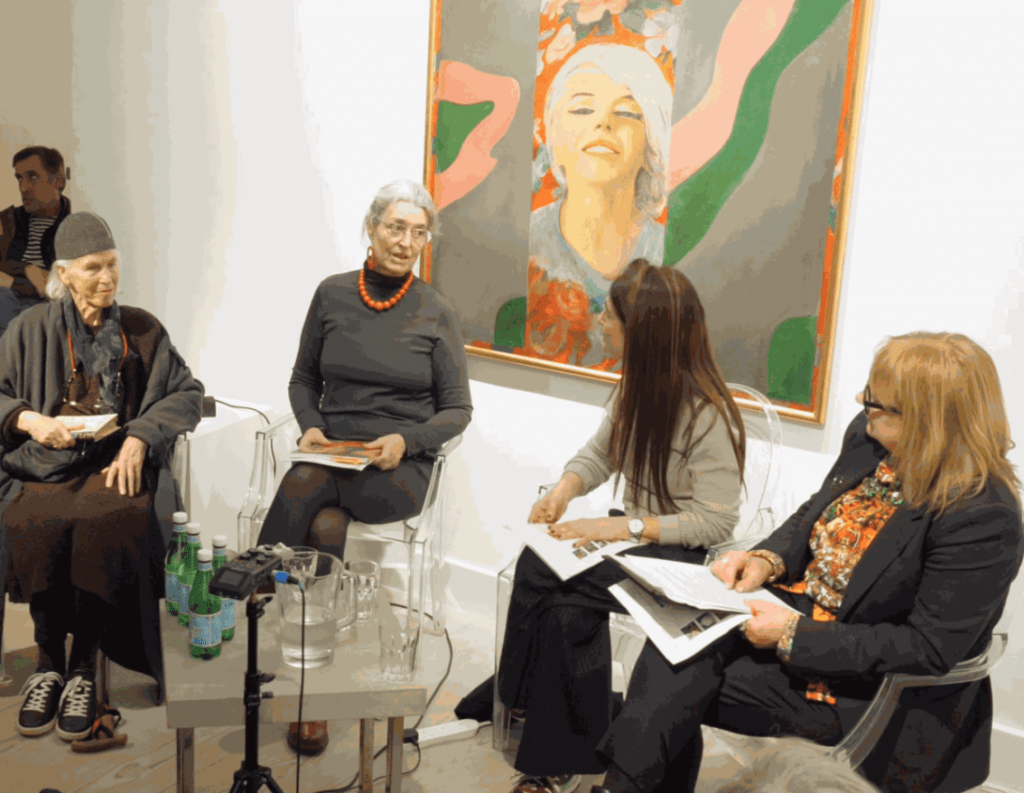I was sad to see that John Pilger died on December 30. I only met him a few times, but I admired him greatly. I remember being at the bar in Dingwalls Dance Hall in Camden Lock sometime in the late seventies when he came in and joined me. He was fresh off the plane, jetlagged, and had not yet even been home. His green, short-sleeved shirt was soaked in sweat though it did not seem like he’d been drinking. He said he just wanted to check in on the ambience; to get a London fix; to ground himself back in Britain. Well, nothing like Dingwalls with its assortment of seedy Camden and Notting Hill characters to do that. I think he had just come from Cambodia. He was courageous in the extreme and spent his whole life fighting the powers that be, from the Murdoch press to the Israeli government, to reveal uncomfortable truths and present them to the general public, largely through his brilliant television programmes. RIP.

I took a short cut through the British Museum, as I often do and remembered that there was a time, 50 or 60 years ago, when I was one of the few males in the halls of the British Museum not wearing a tie. The staff of the library – then in the Museum – gave me dirty looks and I was often made to sit in the front row of the North Library if the film magazines like Continental Film Review I had ordered up had even the slightest suggestion of a nipple. I clearly looked undesirable in my open-necked, un-ironed work shirt. Now I am virtually the only man there wearing a shirt. Sometimes we shirted-few are bolstered in number by groups of Japanese businessmen in their black suits and their white open-neck shirts. What next I wonder? Sometimes you long to see a pair of crushed-velvet purple loon pants or a frilly shirt among the drab hordes of North Face hoodies. But you wouldn’t want too much of a good thing.

Christmas was a quiet affair, just Theo and Minako and me to tackle foie gras and a roast goose.


A new year, and at the end of the week I had a pleasant Soho evening with the art historian Geraldine Norman. She lives close to me in Fitzrovia and is the widow of Frank Norman, author of ‘Fings Ain’t Wot They Used T’Be’, ‘Bang To Rights’, ‘Banana Boy’ and so on. I recently wrote an introduction to Frank’s ‘Soho Night and Day’, (1966) more a personal reminiscence than a guide book, that he wrote with Jeffrey Bernard taking the photographs. Geraldine is hoping to get it republished. Now almost 60 years old it is an important record of the times. Jeffrey had not yet started his career as a journalist but his photographs have a wonderful period quality. We had dinner at the Academy Club then went on to the pop-up version of the Colony Room started by Darren Coffield who misses his old drinking hole so much that he decided to revive it. (His Tales from the Colony Room is highly recommended by the way.) The New Colony Room, in the basement of Ziggy Green at 4 Heddon Street, off Regent Street, did have something of the atmosphere of the old place, partly caused by loads of photographs of the old members, but it is bigger and cleaner, and the clientele is much younger. We didn’t know anyone there but soon met some older folks who had been brought along by their children!
On the 12th Stephen Coates came over to discuss the Allen Ginsberg in London project to be held at the Horse Hospital in March. I hadn’t realised quite how much memorabilia I still had of Allen: certainly enough to fill a few vitrines for an exhibition that will probably run through the whole month. Here’s a picture of Allen, taken in 1992, the last time he was in London, helping Rosemary cook lunch. And here is his family portrait of Theo, Rosemary and I. I miss him still.


My friends Udo Breger and Luzius Martin came to town for a performance by Ramuntcho Matta at Reference Point to celebrate the birthday of Brion Gysin. I was advertised as interviewing him but with someone like Ramuntcho that is impossible. He likes things to be so unstructured that he even called the venue ahead and had them dismantle the low stage they had planned. Everything had to be spontaneous. And it was! I did get a few words in edgeways but mostly Ramuntcho told thew same stories that he had told us the previous night when he came over for dinner. It was if the dinner was a rehearsal. He composed a lot of music for Brion’s songs and poems and recorded and produced them over the years. Like many of the poets of the sixties, Brion had always wanted to be a rock star. In the middle of our conversation/interview he produced a red electric guitar and gave a version of ‘I want somebody’, one of Brion’s songs. It was great. At the end he distributed tarot cards of his own design to members of the audience but instead of discussing them, that appeared to be the end, so we all went home.

Jill Nicholls and I attended a talk on Pauline Boty held at the Gazelli Art House on Dover Street in conjunction with their show of Boty’s work. I have always thought that Boty was one of the most important of the British Pop Artists, up there with Hockney, Gerald Laing and Allen Jones in that there was a depth of meaning to her use of pop-art imagery. The girlie pin-ups were of strong, sexual women whereas her fellow artists like Peter Blake just used them as pin-ups: women as objects. Both she and Blake owed a lot to Jasper Johns’ 1955 ‘Four Faces’ with its row of boxes at the top, dividing the canvas neatly into a square containing a target and the four low reliefs. Blake used this as the framework for a lot of works such as ‘Got a Girl’ (1961), whereas for Boty it was a new way of dealing with the composition and the picture plane. A good example is ‘With Love to Jean-Paul Belmondo’ (1962) with its lovely rose, her symbol for female sexuality, sitting on his hat. The picture was in the show and is still vibrant and filled with youthful energy.

Though there was a microphone it was only being used to record the conversation and consequently I was unable to hear much of what was said, though as Jill pointed out, the phrase ‘male gaze’ seemed to occur fairly often; coming mostly from Louisa Buck. Nell Dunn read from her interview with Pauline Boty that is published in her wonderful Talking to Women (1965) which also contains a fascinating conversation with Edna O’Brien. It was lovely to see that Nell Dunn is still out and about; I always liked her work. Here is a picture of the meeting from the Gazelli Art House’s website. It’s good to see this revival of interest in her work.

